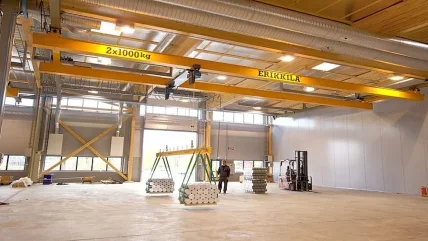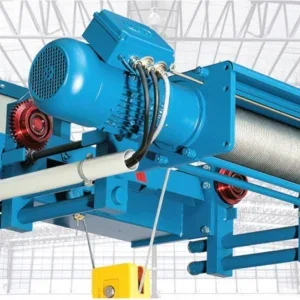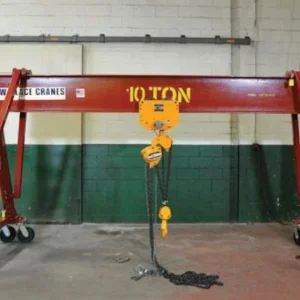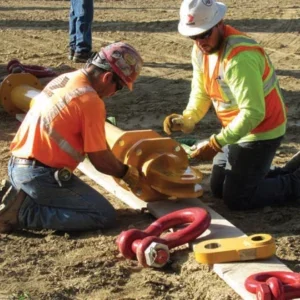
Lifting and spreader beams are often referred to as though they are the same thing with a different name. The similarity ends in that they are beam- or bar-like in appearance. OK, they can also be the same colour and are both commonly yellow. The two primary considerations when deciding whether a spreader beam or lifting beam is required are lifter weight and headroom.
Lifting beams are typically designed for a bending moment versus the spreader beam that incorporates top rigging and is designed for a compressive load. There are applications when both bending and compressive forces are accounted for in the design of the lifting device, but in the general application of a spreader beam versus a lifting beam, this statement will be true.
It’s also accurate to say that in most instances, you would only opt for a lifting beam if there were low-headroom issues to address, for several reasons beyond the fact that spreaders can be more economical.
The stability of a spreader beam is a result of taller headroom (due to top rigging) and a lower centre of gravity from the crane hook attachment to the point of the assembly (lifter and load), whereas the lifting beam connects directly to the crane.
Spreader beams are often lighter weight versus a lifting beam, again, due to the design and top rigging.
When selecting a lifting device for large loads, a rigger can gain additional capacity using a spreader beam due to the decreased weight of the lifting device, while considering the rated capacity of the crane or hoist. Other key factors are length of load; shape and dimensions of load; weight of load; centre of gravity of load; and available or required pick points.
Getting to the Point
In the real world, loads are complicated and connecting them to a single lifting technology (crane or hoist) requires extensive below-the-hook equipment. Spreader beams frequently – nearly always – combine with shackles, slings and other rigging gear.
They are often seen working with other spreader beams to connect to loads with more than two points. In a simple example, a spreader beam will be used to lift a load that has two pick-points. A top sling will be rigged at 45º angles from a crane hook to either end of the spreader beam. Under the hooks of the beam, two further slings descend directly downward at a 90º angle to the beam spread to make contact to the load.
In what we call a one-over-two configuration, a top spreader beam is under the hook, then two spreader beams are used at a 90º angle below and at either end of that beam. At the bottom, four slings connect to four pick points. You can also achieve this with a boxed, frame system that would take up less headroom. Other configurations can be created for loads needing more than four load connection points.
There are a handful of companies globally that make adjustable spreader beams. These systems consist of a pair of end fittings and drop links, and two upper and lower shackles to make the shortest possible configuration.
From there it is a case of combining intermediate spreader sections to achieve the required span.
There are telescopic and composite spreader beams out there as well, in a product sector that is much more than many people first realise.






